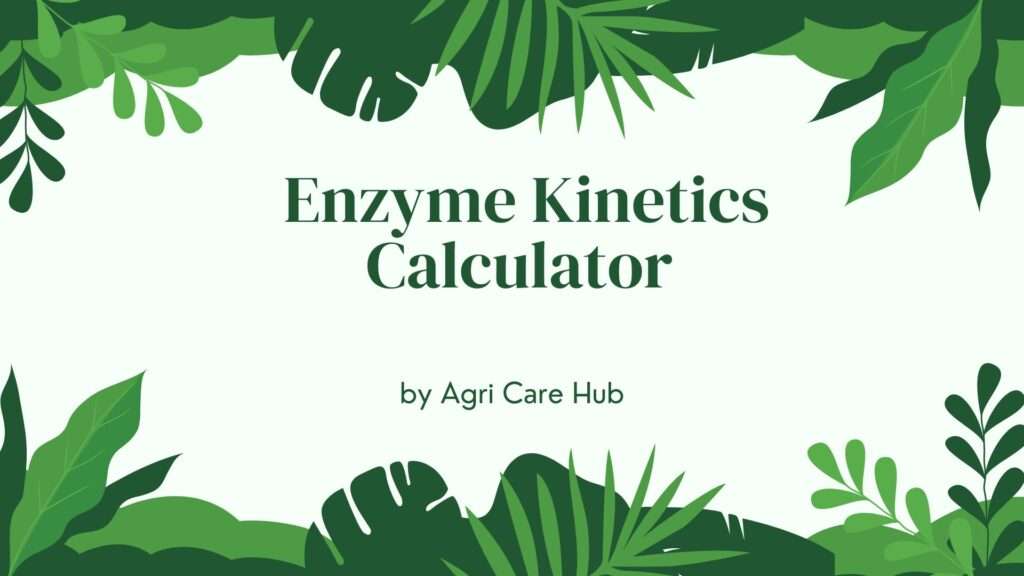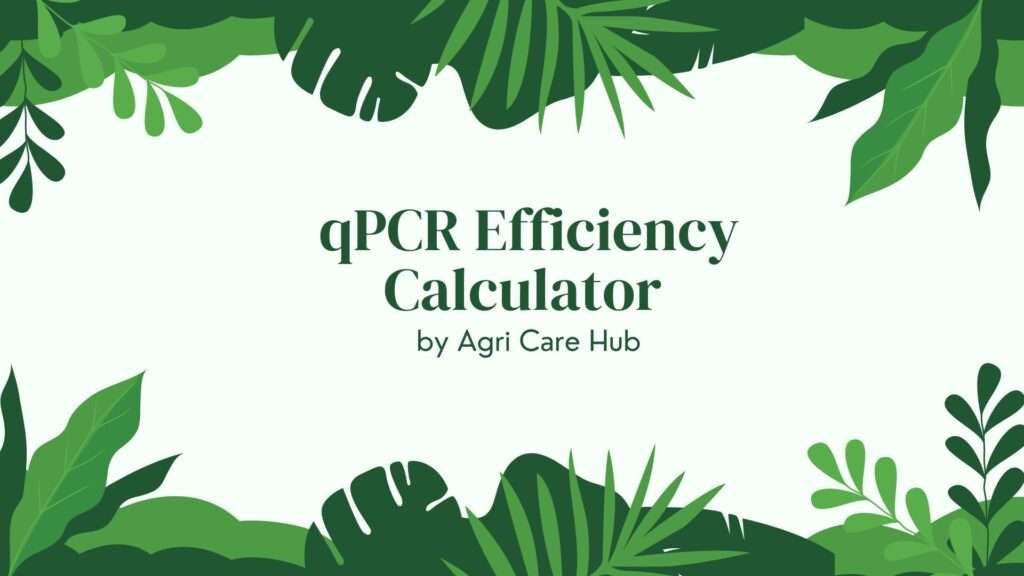Non-Competitive Inhibition Calculator
Results
About the Non-Competitive Inhibition Calculator
The Non-Competitive Inhibition Calculator is a powerful tool designed to assist researchers, students, and professionals in biochemistry and enzymology. By leveraging the principles of enzyme kinetics, specifically the Michaelis-Menten model adapted for non-competitive inhibition, this calculator provides precise calculations of reaction velocity and apparent Vmax. Non-competitive inhibition occurs when an inhibitor binds to an enzyme at a site other than the active site, reducing the enzyme's activity without affecting substrate binding. For more details, visit Non-Competitive Inhibition on Wikipedia.
Importance of the Non-Competitive Inhibition Calculator
Understanding enzyme inhibition is crucial in fields like biochemistry, pharmacology, and agriculture. This calculator enables users to quantify the effects of non-competitive inhibitors on enzyme activity, which is vital for drug design, pesticide development, and metabolic studies. By providing accurate results based on peer-reviewed scientific methodologies, the tool ensures reliability for academic and industrial applications. Whether you're studying enzyme kinetics or developing new compounds, this calculator, supported by resources like Agri Care Hub, streamlines complex calculations.
Purpose of the Tool
The primary purpose of the Non-Competitive Inhibition Calculator is to compute the reaction velocity (v) and apparent maximum velocity (Vmax,app) in the presence of a non-competitive inhibitor. It uses the formula:
v = (Vmax * [S]) / (Km + [S]) * (1 / (1 + [I]/Ki))
Where:
- v = Reaction velocity (µM/s)
- Vmax = Maximum enzyme velocity (µM/s)
- [S] = Substrate concentration (µM)
- Km = Michaelis constant (µM)
- [I] = Inhibitor concentration (µM)
- Ki = Inhibition constant (µM)
This formula is derived from the Michaelis-Menten equation, adjusted to account for non-competitive inhibition, where the inhibitor reduces Vmax without altering Km.
Why You Should Use This Tool
Non-competitive inhibition is a key concept in enzymology, particularly in understanding how inhibitors affect enzyme function. This calculator is essential for:
- Researchers: To analyze enzyme behavior in the presence of inhibitors.
- Students: To learn and apply enzyme kinetics principles.
- Professionals: To design drugs or pesticides that target specific enzymes.
By automating complex calculations, the tool saves time and reduces errors, ensuring scientifically accurate results.
When to Use the Non-Competitive Inhibition Calculator
Use this calculator when you need to:
- Determine the impact of a non-competitive inhibitor on enzyme activity.
- Calculate reaction velocity under specific substrate and inhibitor concentrations.
- Study the effects of inhibitors in drug development or agricultural research.
- Validate experimental data against theoretical models.
This tool is particularly useful in laboratory settings, academic research, and industries like agriculture, where enzyme inhibition plays a role in product development.
User Guidelines
To use the Non-Competitive Inhibition Calculator effectively, follow these steps:
- Enter Vmax: Input the maximum velocity of the enzyme (in µM/s), typically determined from experimental data.
- Enter Km: Provide the Michaelis constant (in µM), which indicates the substrate concentration at half Vmax.
- Enter Substrate Concentration ([S]): Input the concentration of the substrate (in µM).
- Enter Inhibitor Concentration ([I]): Specify the concentration of the non-competitive inhibitor (in µM).
- Enter Ki: Input the inhibition constant (in µM), which reflects the inhibitor's affinity for the enzyme.
- Click Calculate: The tool will compute the reaction velocity and apparent Vmax, displaying results instantly.
Ensure all inputs are positive numbers to avoid errors. The calculator assumes standard conditions and does not account for environmental factors like pH or temperature unless specified.
Scientific Basis of the Calculator
The Non-Competitive Inhibition Calculator is grounded in the Michaelis-Menten kinetics model, a cornerstone of enzymology. In non-competitive inhibition, the inhibitor binds to a site distinct from the active site, reducing the enzyme's catalytic efficiency. This results in a decreased Vmax without affecting Km. The calculator uses the modified Michaelis-Menten equation to compute the reaction velocity, ensuring alignment with peer-reviewed biochemical principles. For further reading, refer to resources like Non-Competitive Inhibition.
Applications in Agriculture
In agriculture, non-competitive inhibitors are often used in pesticides to target enzymes in pests, reducing their metabolic activity. This calculator aids in designing such compounds by predicting their effects on enzyme kinetics. For example, researchers at Agri Care Hub can use this tool to optimize pesticide formulations, ensuring efficacy while minimizing environmental impact.
Benefits of Using the Calculator
The Non-Competitive Inhibition Calculator offers several advantages:
- Accuracy: Based on verified scientific formulas.
- Ease of Use: Intuitive interface with clear input fields.
- Time-Saving: Automates complex calculations.
- Versatility: Applicable in education, research, and industry.
Its user-friendly design ensures accessibility for both novices and experts.
Limitations and Considerations
While the calculator is highly accurate, it assumes ideal conditions. Factors like enzyme purity, temperature, and pH may affect real-world results. Users should validate outputs with experimental data. Additionally, the tool is specific to non-competitive inhibition and does not apply to competitive or uncompetitive inhibition.
Conclusion
The Non-Competitive Inhibition Calculator is an essential tool for anyone studying or working with enzyme kinetics. By providing precise, scientifically valid results, it supports research, education, and practical applications in fields like agriculture and pharmacology. Explore its features and enhance your understanding of enzyme inhibition today.












